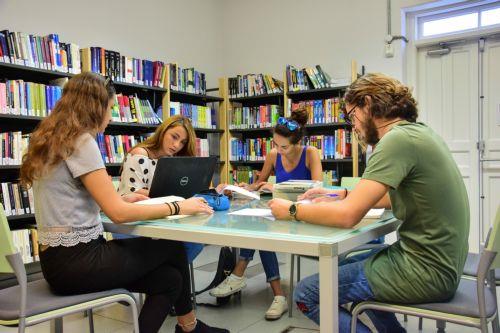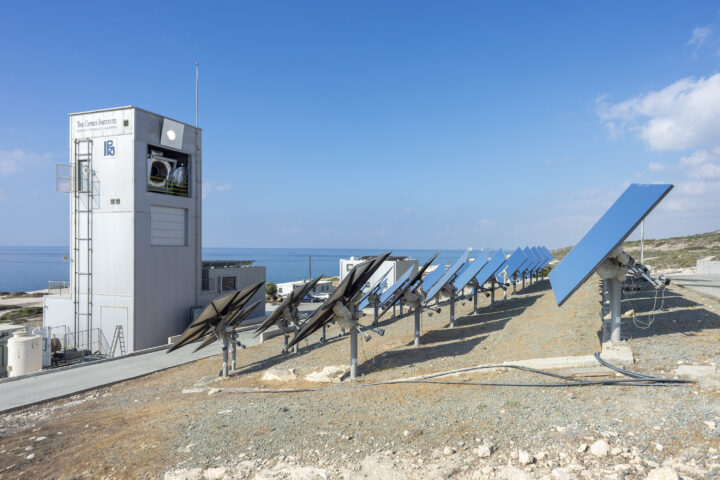In 2022, 59.2% of the population of Cyprus aged 25 – 34 (42% in the EU) had a tertiary level of educational attainment, according to Eurostat.
In 72 out of the 240 NUTS 2 regions for which data are available, that is, in 30% of all EU regions, this share had already reached or surpassed the EU’s policy target for this area, 45.0% by 2030.
This is one of the EU’s targets in the context of the strategic framework for cooperation in education and training, which aims to create a European Education Area.
Cyprus is considered a single area on the NUTS 2 level of statistical analysis due to its size and population.
The region with the largest share of young people with tertiary education was the Lithuanian capital region, with 73.6%, followed by 11 regions where at least 60.0% of young people had tertiary education.
These included the capital regions of France, Ireland, the Netherlands, Poland, Hungary, Sweden, Luxembourg and Denmark.
Eurostat says many of these regions attract highly qualified people, probably because of their varied educational, employment, and social or lifestyle opportunities.
Relatively high shares of tertiary educational attainment were also recorded in two regions specialised in research and innovation activities and/or high-technology manufacturing: Utrecht in the Netherlands and País Vasco in northern Spain.
Northern and Western Ireland was the eleventh region in the EU to record a share above 60.0%.
In 17 regions, less than 25% of those aged 25 – 34 had a tertiary level of educational attainment in 2022.
Those regions were seven out of the eight regions in Romania (the exception being the capital region of Bucureşti – Ilfov), three regions in Hungary, two regions in Bulgaria, a single region in Czechia, three regions in the south of Italy and the outermost region of Guyane (France).
Some regions were characterised as rural/isolated regions with low highly skilled employment opportunities.
Others were characterised by their relatively high specialisation in vocational educational programmes, with students moving into the labour market through apprenticeships and training schemes rather than academic qualifications.
The lowest regional levels of tertiary educational attainment were recorded in the Romanian regions of Sud – Muntenia (16.0%) and Sud-Est (17.0%), the Czech region of Severozápad (18 %) and the Hungarian region of Észak-Magyarország (18.2%).










